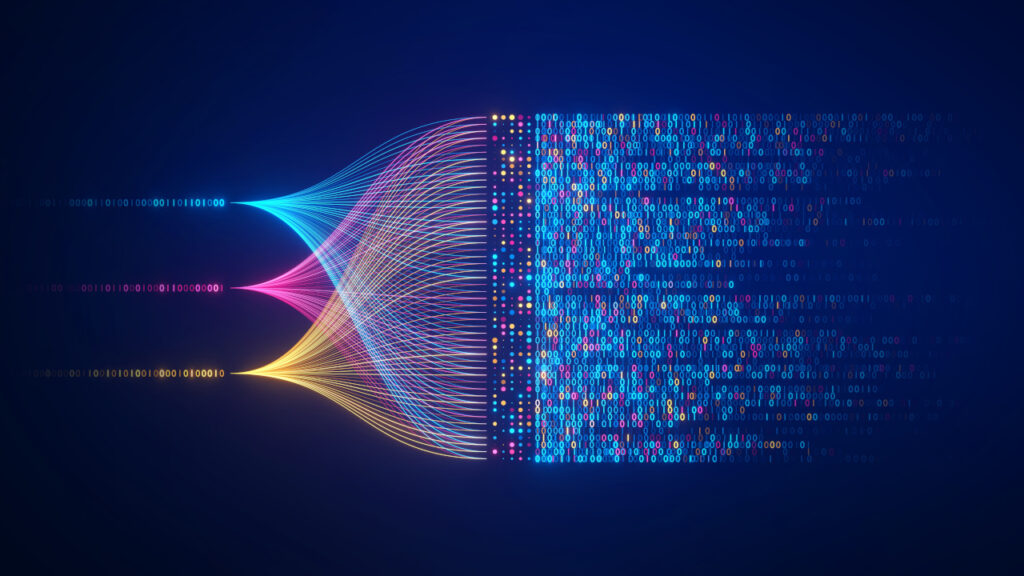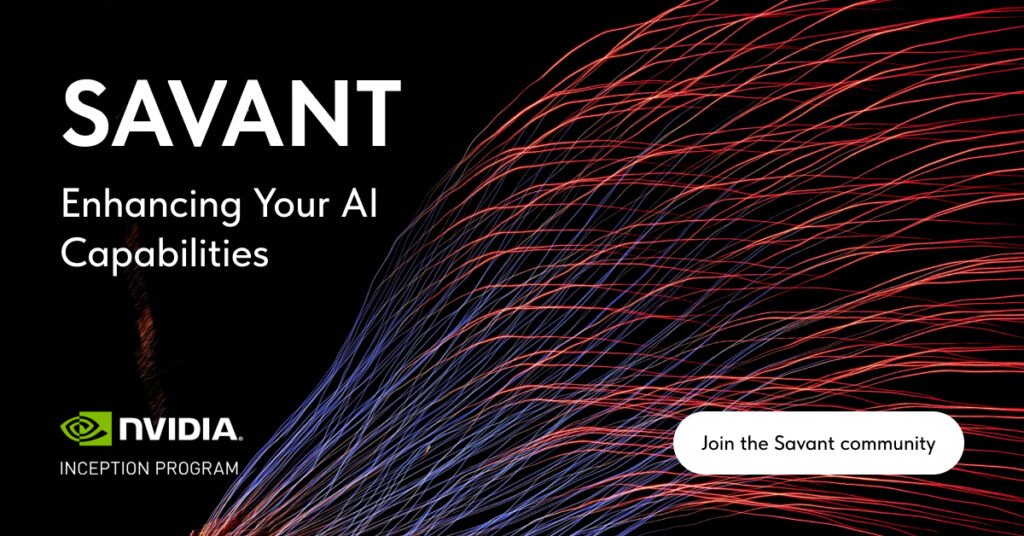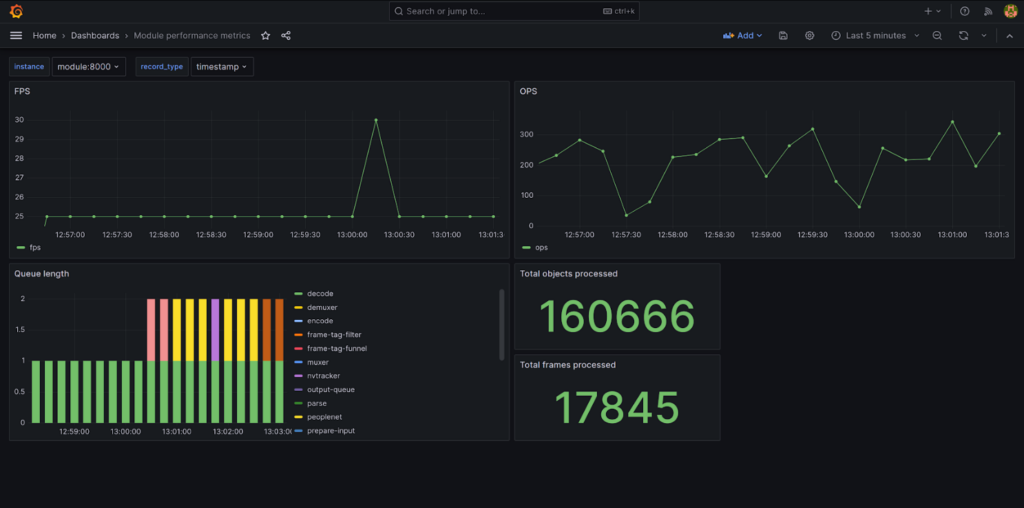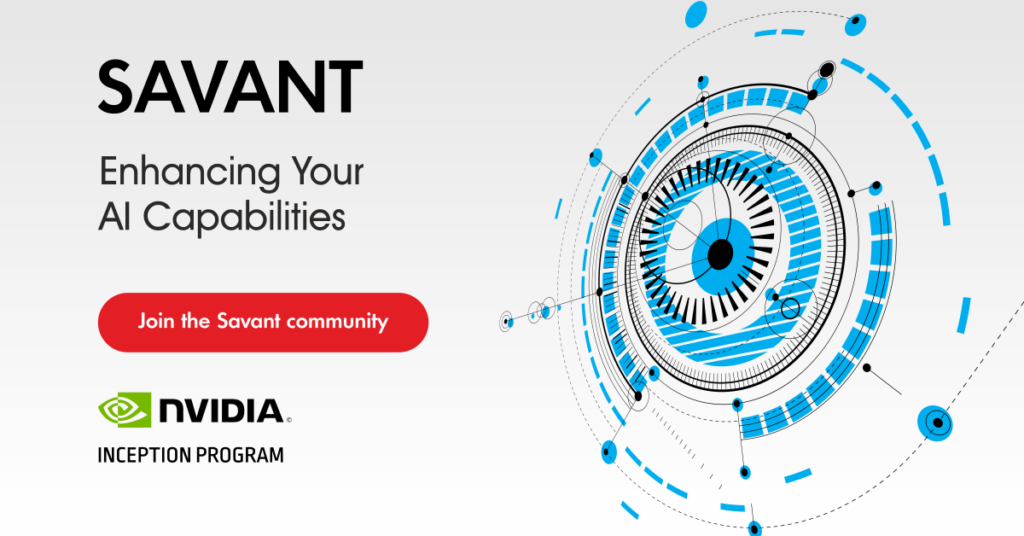
Savant 0.2.7 was released on February 7, 2024. The release includes several bug fixes, four new demos, and other enhancements, including documentation and benchmarking.
Savant crossed the 400-star band on GitHub, and Discord is now the place must-have-to-join. The work on the release took three months. In the following sections, we will cover essential parts of the release in detail.
IMPORTANT: Savant 0.2.7 is the last feature release in the 0.2.X branch. The following releases in the 0.2.X branch will be maintenance and bugfix releases. The feature development switches to the 0.3.X branch based on DeepStream 6.4 and WILL NOT support the Jetson Xavier family because Nvidia does not support them with DS 6.4.
GitHub: https://github.com/insight-platform/Savant/releases/tag/v0.2.7
Continue reading 🚀 0.2.7 Release Notes




